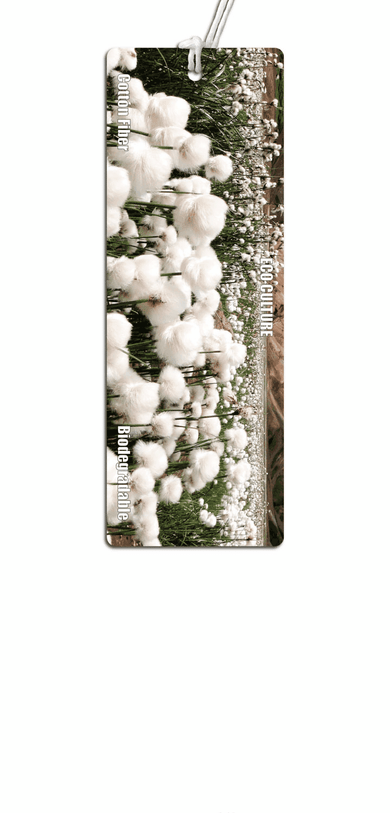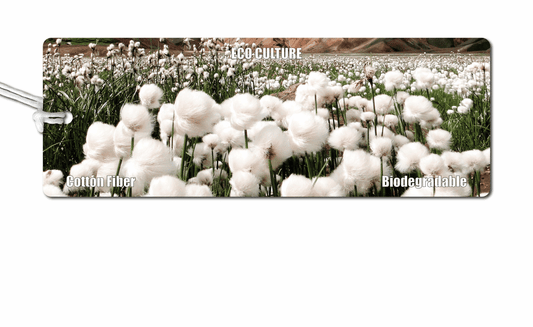Garment Dyed & Sustainable Fibers
The only collection in the world that has in its DNA a design never seen before, which through the garment dyeing technique manages to mix completely different materials, combining comfort fabrics with innovative eco-sustainable fibers.
Natural fibers play a key role in the sustainable economy, an economy based on energy efficiency, the use of renewable supplies and industrial processes which reduce carbon emissions and increase the production of recyclable materials, minimizing the waste problem.
Environmental pollution caused by the textile industry occupies one of the steps on the podium among the most polluting industries in the world, which is why European Culture has always based its DNA on the use of natural, sustainable and top quality raw materials.
Natural fibers and their benefits
Healthy
Many natural fabrics have peculiar properties for our skin. They can be hypoallergenic, thermoregulatory, breathable and protect from UV rays.
Renewable
Biodegradable and recyclable fibers which generate only organic waste at the end of their life.
Sustainable
They play a key role in the Green economy of the new millennium.
Ethical
The production of natural fibers is vital for the economies of many countries which adopt the GOTS (Global Organic Textile Standard).
Cotton

Cotton is obtained from the flower of the cotton plant, specifically from the fluff around the seed, also called cotton wool. It's pleasant to wear, healthy, hypoallergenic and biodegradable. It's a soft fibre, well tolerated by sensitive skin and therefore the most recommended for clothing. Breathable. With cotton fabrics, the skin breathes and sweat can be evacuated through perspiration.
Viscose

Viscose is a fiber obtained from the wood pulp of beech trees. It's a cellulose yarn that imitates the softness and shine of fine silk fibres, it was born precisely with the name of vegetable silk, because it was created by man specifically to emulate the softness characteristics of natural silk. Viscose is a very wear-resistant and biodegradable fabric and absorbs colors very well, which appear brighter than classic cotton fabrics. Viscose fabric has greater moisture absorption properties than any synthetic textile fibre. Preventing the formation of bacteria and the growth of dust mites. Viscose fabric can often be classified as hypoallergenic and thanks to this property it is very suitable for clothing.
Ramie

Ramie is a vegetable fiber used for thousands of years in the Far East. It is obtained from the stems of two species of plants from the Urticacee family: Boehmeria Nivea and Boehmeria Utilis. The complex processing of this textile fiber makes ramie very rare in the fashion sector. The advantages of ramie are: it resists attack by bacteria and mold, it's extremely absorbent and resistant to very high temperatures. Breathable and biodegradable.
Linen

Linen is a cellulosic fiber derived from the stem of the flax plant. Linen fibers are much stronger and brighter than other textile fibres, producing fresh and absorbent fabrics. It's still grown naturally and is eco-sustainable and completely recyclable and biodegradable. The fiber has a shiny appearance, and it presents a cold and slippery hand. Linen is hygroscopic, therefore it removes humidity quickly. This fabric also has healing characteristics. For example, it blocks the development of bacteria that cause an unpleasant odor on the skin and minimizes the risk of skin diseases caused by increased sweating and has absolutely no risk of developing allergies.
Silk

This yarn is obtained from the cocoon of silkworms. It's a natural protein fiber which stands out for its exceptional robustness. Silk has the property of regulating the natural moisture of the skin. It's a fabric capable of maintaining constant body temperature. Silk is an antibacterial, hypoallergenic and biodegradable material.
Bamboo

Bamboo is a plant which contains cellulose and, similar to hemp, can be grown without the use of synthetic chemical fertilizers and pesticides. It is a fast-growing weed, up to 1 meter per day and grows without the help of man. Bamboo is a plant whose cultivation has a very low environmental impact, in fact it consumes 1/3 of the water of most crops and very often only requires rainwater; it has minimal carbon dioxide emissions and emits a large amount of oxygen. The bamboo fiber fabric, thanks to its properties and benefits, is particularly suitable for being in direct contact with the skin. Its ability to absorb moisture and be naturally antibacterial make it a perfect fabric for any type of clothing. Thanks to the presence of multiple cavities and air cushions in its fabric weave, bamboo makes the garments highly breathable, with a very high capacity to absorb liquids, such as humidity and sweat, which evaporates three times faster than traditional cotton, giving freshness for a long time and removing bad odors, furthermore bamboo fiber naturally has a special anti-bacterial agent which makes it particularly suitable for contact with the skin. A garment produced with bamboo fabric is soft on the skin, delicate and prevents redness and irritation and protects from UV rays, shielding up to 98% of the sun's rays. Textile products made of bamboo fiber are very soft and have a feel similar to silk and are also very resistant over time.
Lyocell

Lyocell is an artificial textile fiber of natural origin extracted from the cellulose of the eucalyptus plant. It is part of the viscose family, but we can consider it a viscose usually produced in an ecological way (with low environmental impact). The comfort of Lyocell comes from its natural softness, which gives our skin a sensation similar to that of a cashmere or silk garments. Not only comfort, but also concrete advantages for the skin. Lyocell is a hygroscopic fabric, strong, biodegradable and resistant to UV rays, aging and abrasion. Thanks to its thermoregulation capacity it is suitable for all seasons, keeping the body temperature constant.
Hemp

Hemp fabrics are obtained by processing the fibrous component of the plant's stem, called linden. The fibers are hollow and hygroscopic and the combination of these properties gives hemp fabrics a high heat-insulating and breathable capacity, therefore they are cool in summer and warm in winter. Furthermore, hemp is one of the most resistant natural fibres, both mechanical action (wear and tear) and deformations, thanks to these characteristics a hemp garment is soft, comfortable, cool in the heat and opaque in the cold, very resistant, non-deformable and long-lasting. But hemp fabrics reveal other even more special characteristics: they reflect both ultraviolet and UVA rays (up to 95%), shield from electrostatic fields, do not conduct electricity, do not irritate the skin because they are hypoallergenic and keep away bacteria from the surface of our body because they are antiseptic.
Cupro

Cupro comes from the cotton linter, that is, from the short filaments near the cotton seed. The particularly pure cellulose is dissolved in a copper ammonia solution which is then extruded in the spinning mill in the form of thread or even flake. The product appears similar to silk both in terms of shine and textile feel. Cupro is a very hygroscopic fibre, in fact it can absorb 110% humidity. Soft to the touch, breathable and hypoallergenic.
Own Production
To make a unique garment-dyed product, using completely different raw materials, it is essential to have your own production.
Garment Dyeing
European Culture "Royal Dye" garments follow a garment dyeing process at 90°C for 3 hours using dyes that are non-toxic to the skin and comply with the regulations in force in the European community. The dye gives a unique appearance to each garment, in fact in domestic washing at 30°C it leaves the appearance unchanged, whereas washing the garments at 60°C gives a more vintage appearance of the color and near the seams. It should also be underlined that dyeing at 90°C ensures that the garments are also sterilized. These processes can only be carried out with top quality fabrics, otherwise they would not resist these treatments, therefore guaranteeing longevity to European Culture garments and even greater eco-sustainability combined with a unique and waterproof style to passing fashion.
Accessories and Packaging
Even the accessories are dedicated to eco-sustainability, in fact, the packaging is made from recycled seaweed fiber and each tag also depicts the natural materials used on the different garments in various combinations. The buttons are patented and made of recycled cotton pulp ready for dyeing and in natural mother-of-pearl. The internal labels are made of cotton ready for dyeing and can be dyed together with the garments, as are the nickel free zips in cotton, therefore all hypoallergenic products.
Don't forget that skin is our third lung!




















